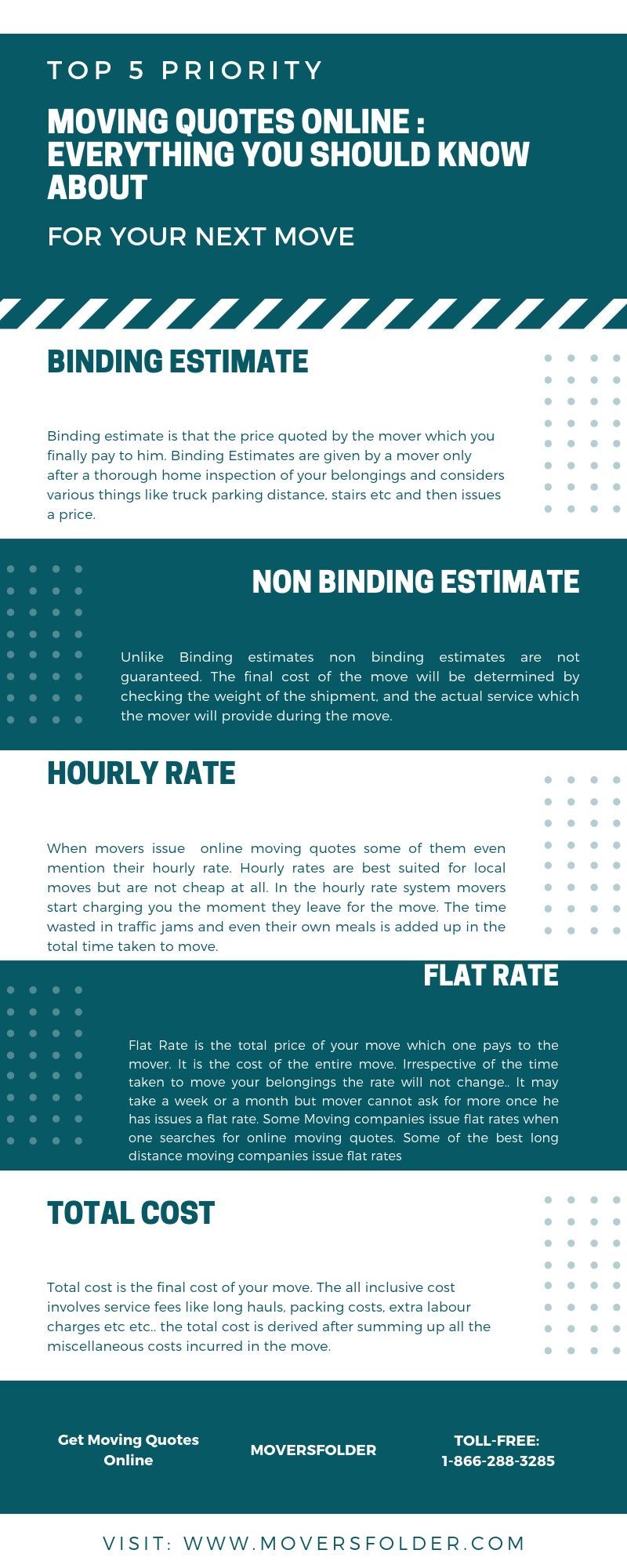A price ceiling is a legal maximum price but a price floor is a legal minimum price and consequently it would leave room for the price to rise to its equilibrium level.
Binding price floor vs binding price ceiling.
Government laws to regulate prices instead of letting market forces determine prices price floor.
The binding price floor is not below equilibrium as you would assume it is above so the opposite.
For example if the equilibrium price for rent was 100 per month and the government set the price ceiling of 80 then this would be called a binding price ceiling because it would force landlords to lower their price from 100 to 80.
A legal minimum price for a product.
A price ceiling that doesn t have an effect on the market price is referred to as a non binding price ceiling.
For a binding price floor or ceiling picture them as the opposite picture a house with a floor and a ceiling now the lay the supply and demand graph over it.
Another way to think about this is to start at a price of 0 and go up until you the price ceiling price or the equilibrium price.
Consumers are always worse off as a result of a binding price floor because they must pay more for a lower quantity.
In other words a price floor below equilibrium will not be binding and will have no effect.
It is the legal maximum price so the market wants to reach equilibrium which is above that but can t legally.
The equilibrium market price is p and the equilibrium market quantity is q.
The binding price ceiling is not above equilibrium as you would assume it is below so the opposite.
Another way to think about this is to start at a price of 100 and go down until you the price floor price or the equilibrium price.
Note that the price floor is below the equilibrium price so that anything price above the floor is feasible.
Note that the price ceiling is above the equilibrium price so that anything price below the ceiling is feasible.
If it were above.
The unbinding price ceiling is above equilibrium as you would assume the ceiling to be on the ceiling.
Consider the figure below.
A non binding price floor is one that is lower than the equilibrium market price.
The latter example would be a binding price floor while the former would not be binding.
A legal maximum price price control.
In general a price ceiling will be non binding whenever the level of the price ceiling is greater than or equal to the equilibrium price that would prevail in an unregulated market.
A price ceiling is binding when it is below the equilibrium price.























